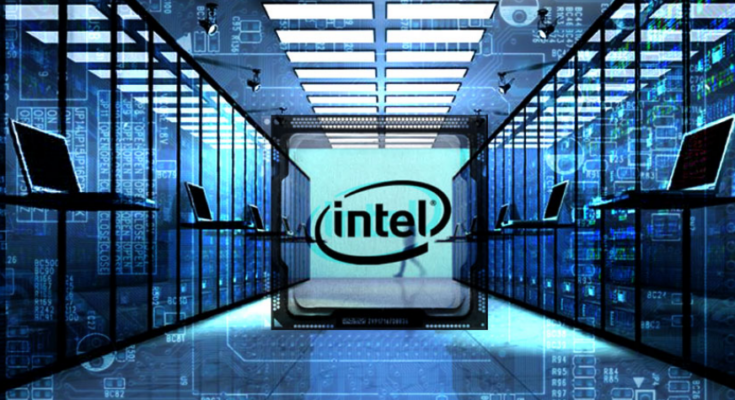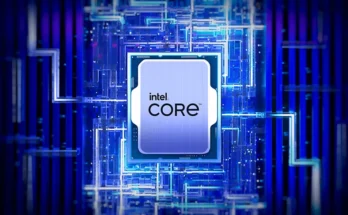Key Takeaways
- In Q3, Intel reported its worst quarterly loss ever, totaling $16.6 billion.
- Depreciation, restructuring expenses, and one-time taxes are mostly to blame for it.
- However, it highlights the company’s challenges in competing with Qualcomm, Apple, and AMD.
The largest quarterly loss in Intel’s history, $16.6 billion, was reported in the third quarter of 2024.
A combination of circumstances led to the loss, according to the chip giant. The charges were $2.9 billion for “impairment of goodwill” associated with companies such as Mobileye, $9.9 billion for deferred US tax assets, and $3.1 billion for impairments and the declining value of manufacturing assets such as the Intel 7 chip process node. During the results call, CEO Pat Gelsinger stated that certain Intel 7 manufacturing systems are unable to transition to newer technologies.
Additionally, there were $2.8 billion in restructuring expenses associated with 15,000 employee layoffs, a streamlined product lineup, and other cost-cutting initiatives.
David Zinser, Intel’s finance head, described the loss as indicative of the “important steps” made to cut costs and position the business for long-term profitability. Gelsinger noted “strong interest” from clients in the company’s 18A chip foundry and “momentum” in Intel’s x86 processors.
Even though these expenses are typically one-time, they nevertheless show a Q3 2024 that differs significantly from the $300 million profit Intel reported the year before. Important divisions also saw declines in sales, like the foundry business (down 8%) and the core Client Computing Group, which manufactures standard PC chips (down 7%).
What Will Happen to Intel Following Its Record Loss?
During the quarter, Intel unveiled the ultraportable Lunar Lake, the company’s first Core Ultra Series 2 CPUs. However, as only a few manufacturers had laptops available at the time, their impact on sales may have been minimal.
The corporation should do better in Q4. Other one-time expenses really won’t be relevant because the majority of the restructuring happened in Q3.
Additionally, the business began Q4 by launching Core Ultra 200s (Arrow Lake) for desktop PCs used for gaming and enthusiasts. However, it is not Intel’s biggest market, and there are worries that AMD’s Ryzen 9000 series was still quicker prior to the Ryzen 7 9800X3D’s release on October 31.
Another threat in the premium market is Apple’s latest generation of Macs, especially the MacBook Pro M4. According to preliminary findings, it should perform better than the Core Ultra Series 2, Qualcomm’s Snapdragon X Elite, and perhaps AMD’s similar Ryzen AI 300 laptop processors.
The majority of Intel’s aspirations center on 2025. The second half of that year is when Panther Lake, its first CPU design based on the 18A process, is scheduled to be released. In addition to improved performance, it promises a more economical design, which should help Intel turn a larger profit. The problem is that Qualcomm, Apple, and AMD aren’t just sitting there; they’re probably going to have follow-ups available by 2025 as well.



